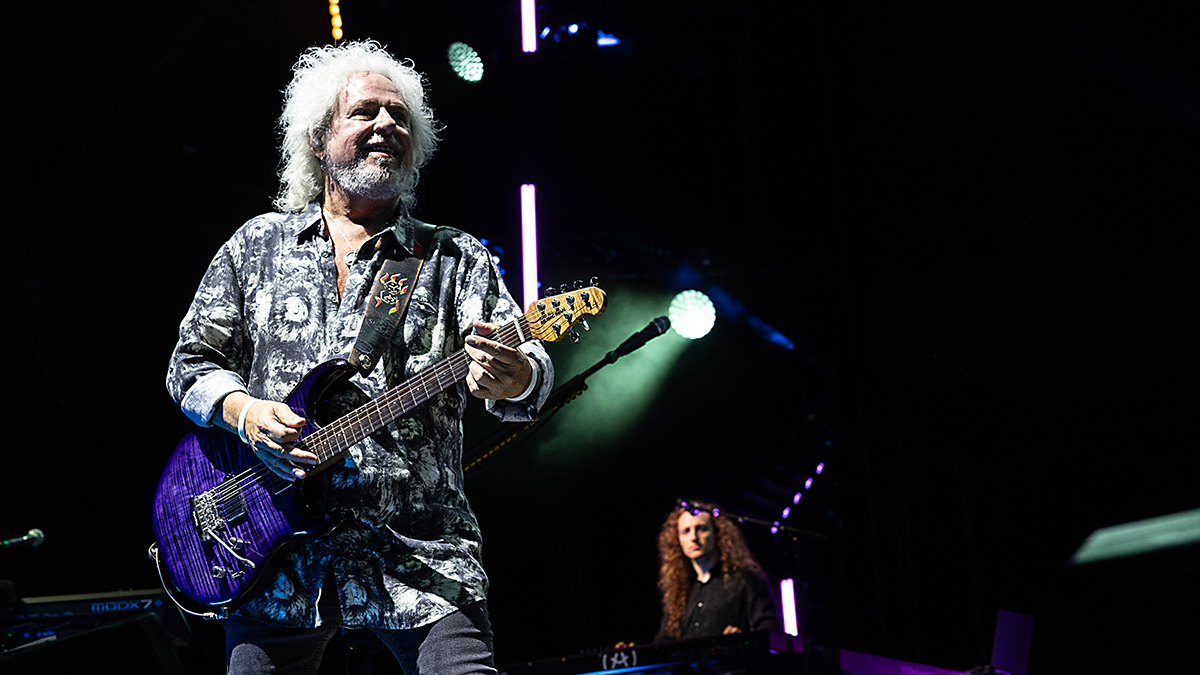Thurston Moore: “Writing music is about stepping away from the ego and creating something that's selfless”
The left-field guitar pioneer opens up on his stunning 2020 album By The Fire, the creative impact of lockdown, and experimenting with Sonic Youth and beyond
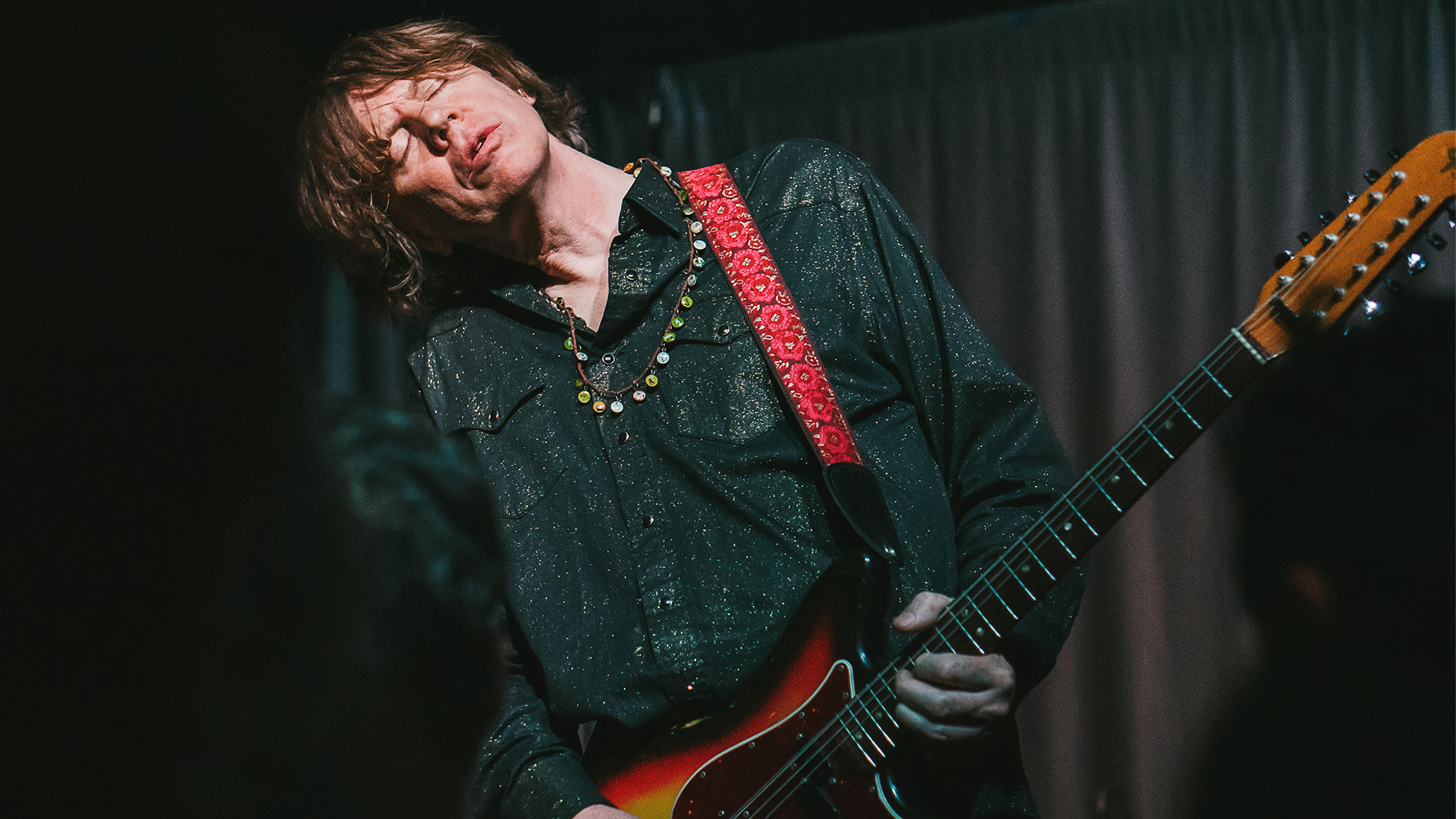
It’s now nigh on a decade since Sonic Youth split up, but the highly influential New York band’s co-founder, guitarist, singer and songwriter Thurston Moore has ploughed a resoundingly prolific path ever since, releasing three further top notch solo albums, an experimental three-CD box-set and a bevvy of astounding collaborative projects.
Guitar World caught up with Thurston towards the end of 2020 just after his sixth critically-acclaimed solo long-player By The Fire – which features Deb Googe (My Bloody Valentine) on bass and backing vocals, Jon Leidecker aka ‘Wobbly’ (of Negativland) on electronics, James Sedwards on guitar, and Sonic Youth’s Steve Shelley, as well as Jem Doulton, on drums – hit the stores, deservedly lighting up album end-of-year lists across the globe.
How far would you say subsequent lockdowns have affected you as an artist and a musician?
“Well, I think they allowed me to put this record together in a really focused way and helped define its emotional content and what I wanted to present… so that was interesting. Without them, it probably would have come out closer to the end of [2020], if not after the new year.
“I've also been working on a lot of instrumental music that I've been recording for different situations including some film work for an artist I know, and then I've also been doing a lot of writing about music, in terms of being young of age and somehow finding myself in this vocation of working as a musician.
“I talk about moving to New York City as a 19-year old and getting involved with the scene there and the musicians and the recordings and the literature that inspired me.
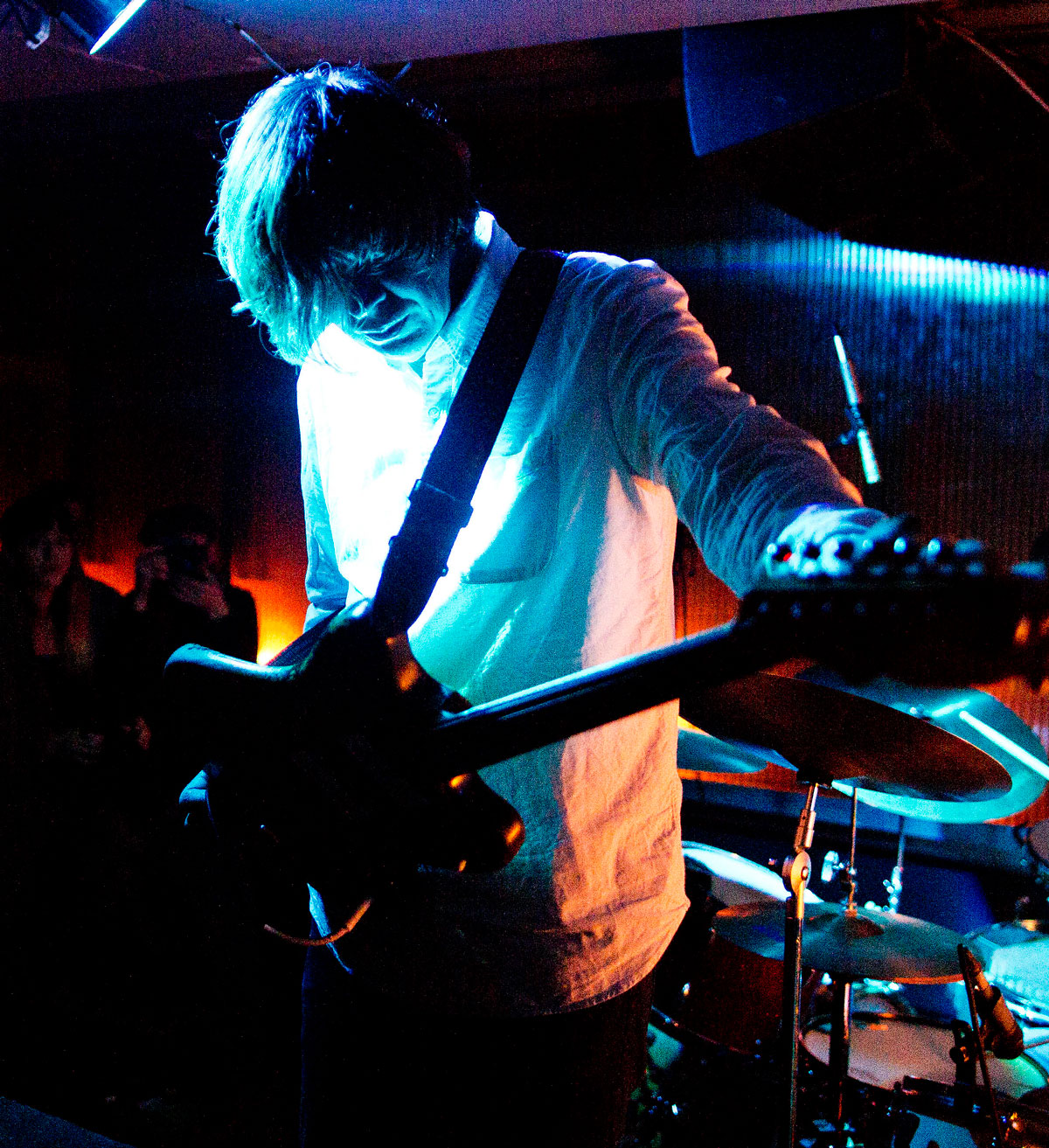
“I talk about how certain recordings like Patti Smith's Horses, the first Ramones album, the first Television album and the Sex Pistols album were so significant and how they were happening within this very specific time period between ‘75 and ’79, leading to the forming of this band Sonic Youth in 1980, then moving through that.
All the latest guitar news, interviews, lessons, reviews, deals and more, direct to your inbox!
“I've been writing a lot because I've had the time to be in one place as opposed to being distracted by travel and touring and so I've taken advantage of that. I don't really like to think of it as lockdown though. I always find that a bit of a prison term, you know, as if we're being governed in a prison ward as opposed to being governed by democratic governments but I guess that's what we're coming up against these days, at least in the United States.
“It's become very much like totalitarianism is taking effect so maybe lockdown is a proper term but – anyway – just the idea of quarantining, the idea of it being somewhat isolationist but there still being a desire and a need to communicate, is really curious and interesting to me because it's so essential.
“By The Fire is all about communication, like sitting and talking around a campfire with the fire being the tool of expression or the tool of communication. I always wanted to stay in one place for an extended period of time during my life although never in these circumstances… but it has allowed me to do this specific work and a lot of writing, so I've been making the best of it.”
When was the last time you had such a big gap between physical gigs?
“I really don't recall but it probably would have been in the early-‘80s. It's been interesting not travelling about and playing music in different places but, like I said, I've been okay with it. It's just the context of it that has been rather disturbing… but humanity has been through all these cycles before.
I need to get away from myself a lot but – in a way – while you're making music, you are trying to step away from the ego and make something that is hopefully somewhat selfless
“The human condition is always enduringly resilient and able to adjust to these crises in the human spirit and so I'm just standing at the ready. I think making music and making art and literature as expression is really important because it can really bring some dignity and dialogue and debate to anybody who chooses to engage with it, although it's always a choice and nobody's forcing anything on anybody in that respect.
“It's just an exchange and an offering and – for me – I really appreciate anybody right now doing work that is all about this idea of sharing.”
By The Fire is such an incredibly inspiring and uplifting album and feels somewhat like a spiritual experience in a sense, recharging the listener in various ways. How far does that description resonate for you?
“Yeah, that totally resonates! I’ve always wanted to make uplifting music and I remember that was something we were saying in the years of Sonic Youth – ‘We just want to make uplifting music!’ Uplifting can be anything that brings inspiration or intrigue or engages you with some kind of intellectual rigor or it can just be an ineffable spiritual sensation.
“You want the effect of the music that you make to translate. I never make music with any dry technical concern. It's always an emotional concern and I find myself sometimes not wanting to sit down and write music for long periods because it can be rather draining, a mining or a touching of things that are sensitive.
“Sometimes, I'd rather have a bit of a remove from that emotional world and engage in other work that is not focused on myself. I need to get away from myself a lot but – in a way – while you're making music, you are trying to step away from the ego and make something that is hopefully somewhat selfless.
“That can be rather a conflict sometimes, especially when writing and playing rock music because there's so much ego involved, with my name being emblazoned on record covers and marquees. That’s a balance that I’ve been dealing with for a long time.
“I don’t think I really got any perspective on that until probably my later years, my late-‘40s into my ‘50s. I'm 62 now so I feel like I can sort of talk about it with some kind of reasoning!”
Going back, how far did you have a musical vision for By The Fire?
“All I knew, before this little quarantine business happened, is that I wanted to put a record out in [2020] or early [2021]. Before all this, I'd been touring with the group playing mostly the music that I recorded for this three CD box set I put out in 2019 [Spirit Counsel], which was all truly instrumental extrapolated guitar compositions.
“I knew that when that ran its course, I wanted to write some more economic songs that utilized some of those long form guitar composition ideas but more in the spirit of proper sung songs. I wanted to bring the microphone back, bring lyrics back and bring singing back.
“That was the vision… and this record is comprised of material I had from different sessions from across the last year or so. There were some things that fell by the wayside but I had to just sort of weigh the value of how things worked dynamically and what I wanted the narrative to be. I think I really let it sort of define itself in a way.”
Could you give us some insight into your songwriting process for the album?
“Well, generally, the lyrics and the singing are the final measure in the writing process for me. A lot of the writing comes from the tradition of literally sitting down with an acoustic guitar or an electric six-string or 12-string guitar.
I have hundreds of these files. Sometimes, they’re just kind of abstract scratchings but, at times, they can lead into something that can become more fully realized
“I’ll gravitate towards the one I'm feeling a kind of calling from, pick it up and get it in tune to one of the tunings it deploys and I just start writing. I'll just create different chord ideas or I’ll modify the guitar with different implements and create sounds while thinking about what can actually lead towards a song idea.
“It's funny because sometimes I'll come in from being outside, grab a guitar, sit down and I'll just start thrashing about and the first thing that happens is, often, always the most exciting and wonderful thing… and I'll then scrabble to notate it on my iPhone or on my laptop or whatever.
“I have hundreds of these files. Sometimes, they’re just kind of abstract scratchings but, at times, they can lead into something that can become more fully realized. When I know something significant is happening, then I’ll work on it.”
Locomotives is a really intriguing, hypnotizing track with its primal rhythms, slow-building instrumental passages and mesmerizing guitar tones. How did that song come together?
“The specific tuning on the electric guitar that I used for that song has the two low strings tuned to D#, the middle strings to A# and the two high strings to C# and D#. I've used that tuning for a couple of other pieces. With Locomotives, I wanted to write not so much an extended instrumental guitar piece but an actual quote unquote proper song where it has a vocal and some sense of being succinct but at the same time it really works the margins and is not being afraid to experiment within itself.
“I started with the guitar using a [Electro-Harmonix] Cathedral effects pedal which I dial in a certain way and I produce this very highly-reverbed looping effect.
“I play this sort of signature sequence of shredding on the guitar, which I thought sounded great but I remember saying to myself, ‘Where can things go from this first exposition? Where can it logically go where it can refer to itself as a song and not just sort of be an A to B to C to D set of disparate jam parts without any musical relation to each other? How can this be relative to what happened before and to what's coming up next? There has to be some kind of unified narrative!’
“So I constructed this piece of music and I always remember having James Sedwards [guitarist] and Deb Googe [bassist] come over so I could show them this new song. They were curious what I had up my sleeve next but they know me so they knew it could have been anything but they didn't expect that!
“I think they probably thought maybe I was going to show them some chord figures or whatever but this piece of music starts out on the 17th fret with this kind of double-strumming on the two low D#s. I always remember when I played those first notes, James just looked up and said, ‘Oh, I like this already!’ and I was like, ‘That's exactly the response I was hoping for!’
The idea was to have this relationship between the eternally experimental and the traditional aspects of what rock instrumentation is
“The idea was to have this relationship between the eternally experimental and the traditional aspects of what rock instrumentation is. I will always work that way and that's kind of a place where I feel my form is. I have no real interest in jumping off of that and doing a hard techno record or a truly folk-influenced record.
“My music’s always going to be with a traditional rock group set up but then using that form for any amounts of experimentation. I feel like that's a way of working that I don't ever foresee being exhausted by.”
What other tunings did you utilize across By The Fire?
“On the first two songs, Hashish and Cantaloupe, I use a tuning for six- string electric guitar, which is C G D G C D. But, then, there are some other pieces on the record where I’m primarily playing all the instrumentation and I could not even begin to tell you what those tunings are!
“There are a couple of songs on there that I know I could never play live again because I did them in the studio and I never documented or notated the tunings.
“Months may have gone by, if not a year, before I returned to mixing those tracks and I just have no clue what I was doing there… even what guitar it was let alone the tuning! I do know I played a 12-string electric guitar on Venus and the tuning is D# A# D F A# C. That's the tuning I also used for Alice Moki Jayne on the Spirit Counsel record [2019].”
Can you tell us a bit more about that electric 12-string?
“Yeah, that's a Fender Electric XII from the late-‘60s. My girlfriend Eva bought it for me when I turned 60 two years ago although she actually gave it to me earlier in the year. My birthday is in the middle of the year but I had a concert that I was due do to give at The Barbican in April [2018] and it was a night where I presented music for 12-string guitar – 12 12-string electric guitars and then 12 12-string acoustic guitars.
“Eva gave me this guitar because I didn't have an electric 12-string but I needed one if I was going to do this concert! It's my pride and joy and it's really beautiful and I've been using it a lot for the last two years.”
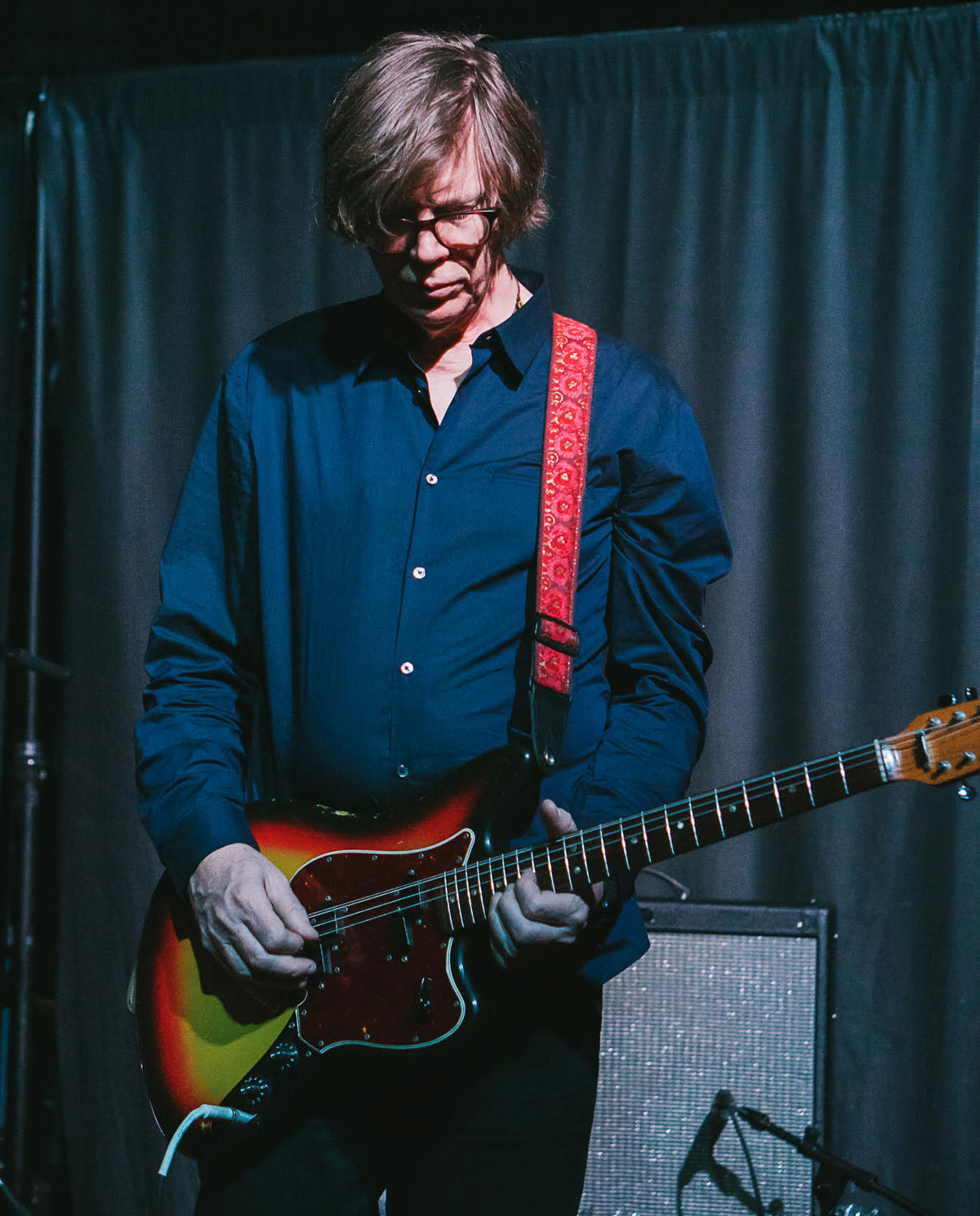
And what other guitars do you remember using on the record?
“I primarily used this really early Fender Jazzmaster and also a signature Jazzmaster that Fender did for me, which is not in production anymore. I have a couple of those but I generally use the more vintage Jazzmaster. I've run through a few vintage ones through the years but at least three of them have been stolen from me in the last decade and a half which is kind of a drag… but then they are very steal-able!
“The one I'm using now is really early-‘60s but I have another one that James Sedwards [who also plays guitar in The Thurston Moore Band] uses, which is a 1958 Jazzmaster from the very first line of production! We only know that because I had an American luthier take the neck off and he saw the pencil markings from the first run of Jazzmasters and he just dropped his tools and was like, ‘Oh my fucking god! I've never seen a guitar like that before!’
“I wish I knew the genesis of it. In the years through Sonic Youth, all these different guitars would come in and out. The Patti Smith Group gave me this guitar after Sonic Youth got all their gear ripped off [in 1999] and that was really nice. I always hold onto things. I have a bunch of guitars that I keep hanging on the wall.
“The ones I use are the ones I use but then there are some that are just beautiful as pieces of art. I buy strange little guitars from different flea markets I happen to be walking through in Mexico City or wherever. They're just wonderful ornate pieces of art and I just have to bring them home.”
What amps did you play through?
“A really special functional amp for me is the Fender Hot Rod Deville, the 2x12” speaker combo. I just know I can dial in and find a modicum of tone and control that I feel okay with. I used that for quite a bit of the music on By The Fire.
There's something about getting a wah wah on board that leads me into trouble!
“For me, I think my preferred set-up right now would be a vintage Hiwatt head powering a 4x12 bottom with mid-powered Celestion speakers in it. That, to me, has a really fabulous sound but I don't have either of those at my disposal at the moment.”
You mentioned the [Electro-Harmonix] Cathedral pedal earlier. What other effects did you use on the recordings for By The Fire?
“Well, you know, I'm not really a pedal fetish person although I know that's one of the big things these days or at least it has been for the last decade! I was actually very slow to ever use a pedal early on. I think Lee [Ranaldo] was the first one to bring a pedal into Sonic Youth and he then started getting more involved in playing with different pedals.
“In the early '80s, I was also playing around in a hardcore band called Even Worse in New York City and hardcore bands always had, like, one MXR Distortion pedal and that was it… but I had nothing because I'd never even had a pedal so I would just overdrive the amplifier and that was my distortion.
“I thought, 'Hey, that sounds cool!' and I thought no pedal could ever sound as good as an overdriven amp but I eventually caved in and I think I initially started using a [ProCo] Rat pedal and then I ramped that up by getting a [ProCo] Turbo Rat... and now I always use a Turbo Rat pedal.
“My pedalboard is pretty unremarkable. I have a Turbo Rat and then a black metal-style overdrive pedal called a [Electro-Harmonix] Metal Muff. Then I have a [Dunlop] Jimi Hendrix Octave Fuzz pedal that I think is out of production now. I like to line that up next to the Turbo Rat because they create a really good sort of octave fuzz noise situation together. I really love playing with that pedal collaboration.
“I also have a small TC Electronic HOF Mini Reverb pedal, a small little MXR phase shifter pedal and a TC Electronic Mini Vortex Flanger. I can't remember who turned me onto it but the one pedal I really like using lately is the Xotic EP Booster, which sort of gives a certain je ne sais quoi to my output, a nice kind of warm-rounded tone, which I really appreciate.
“Then, I also use a tuner and I use a passive volume pedal... so no wah-wah! I used to have a wah-wah pedal that I always loved using but I don't have that any more. There's something about getting a wah-wah onboard that leads me into trouble!"
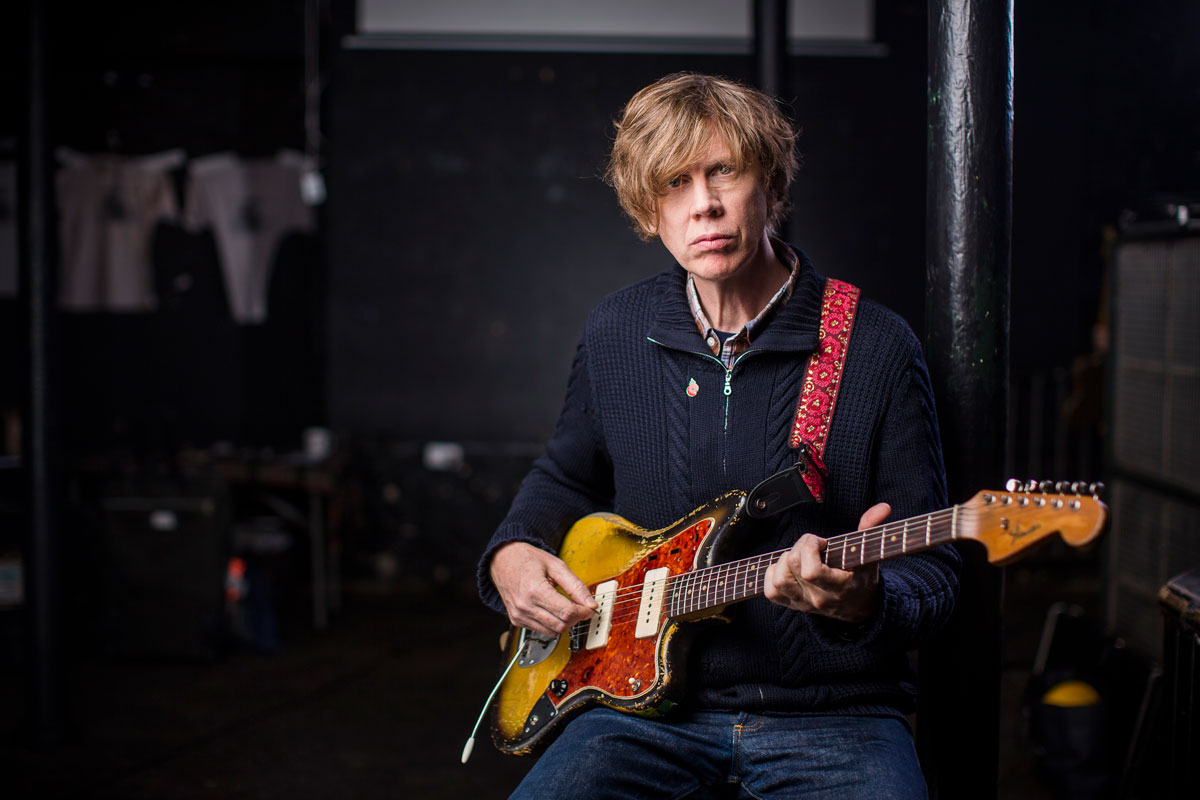
Over the years, you've become well known for utilizing different implements on the fretboards of your guitars. How far are you still experimenting with new objects in this way?
“Actually, modifying the sound of the guitar by putting different implements between the strings has been the most challenging thing for me the last couple of years and that’s because I feel like I've decoded so much of that experiment already!
“So I've been thinking about new ways of approaching that without it being too farcical although I don't like to make a big deal about that being the essence of the song.
“In Sonic Youth, a lot of people started writing about us because we had drumsticks under the strings of our guitars and we were using power drills up close to the pickups and we played that up because we knew that that made the audience jump – 'Oh my god! They're banging on drumsticks underneath the guitar strings!'
That's what my next move is going to be, getting into some new territory using implements underneath the strings
“But we weren't doing it primarily for the theatrics of it even though that was an element too. It was really about the sound and finding these sounds that could become sort of elemental to the song structures. Nowadays, I like to be a little more sophisticated about it.
“When I did the 12-string guitar piece at the Barbican, the electric section was all about investigating that aspect of the electric 12-string guitar with 12 of them going at the same time! It could have just been a roaring rush of 12-string guitars but I really wanted to get involved more with the abstracted sound world of what happens when you use different files and other objects within the strings of 12 12-string guitars!
“That's the third CD on the Spirit Counsel box and it's just like a noise war but I like that – I like creating noise pieces! But then I also really want to make more musical and melodious pieces of music with guitars that are prepared like treated pianos. That's something I'm always really interested in but I find that maybe a wall has been hit with a lot of that so I'm trying to find new ways of exploring it.
“That's what my next move is going to be, getting into some new territory using implements underneath the strings.
“If you look at the history of people who've worked that way – with guitars specifically – then Fred Frith who came out of Henry Cow is the great practitioner. When I go see Fred Frith play, I feel, 'Well, here's a gentleman who's been investigating this completely for over 35 years!' but, at the same time, that only tells me one thing – that it should be liberated and unending in its investigation. It’s certainly been that way for him!”
